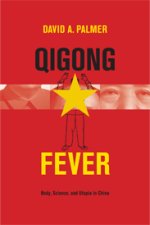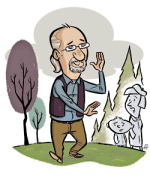Yes, I was practicing martial arts in public, but I wasn’t looking for trouble. I wasn’t looking for attention, just wanted to enjoy a beautiful fall afternoon at the park.
I was only twenty minutes into an outdoor routine (that is, an indoor routine stripped of any provocative elements) when I heard a group of teenage boys approaching behind me. I continued to mind my own business, but they were not content with theirs.
Did they taunt me with the standard Bruce Lee kung fu yelps? Well, of course they did; and I ignored it, just as I have ignored it three dozen times before. But unlike three dozen times before, this group did not have a few laughs and keep walking.
They dared each other to throw a rock at me, and that I could not ignore.

